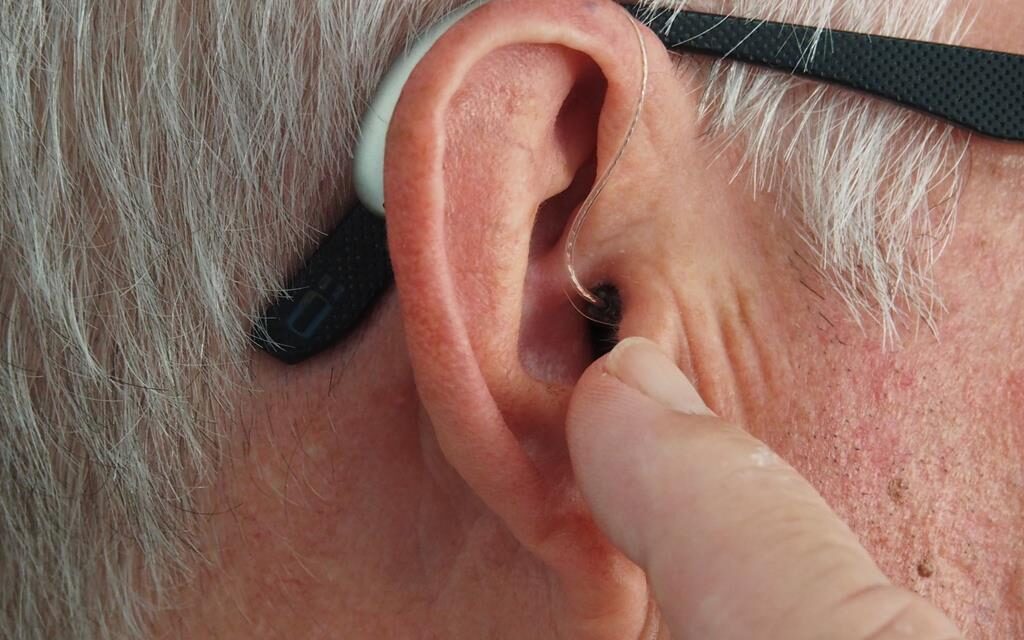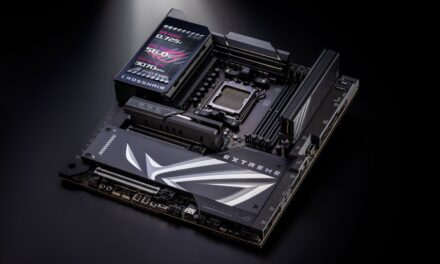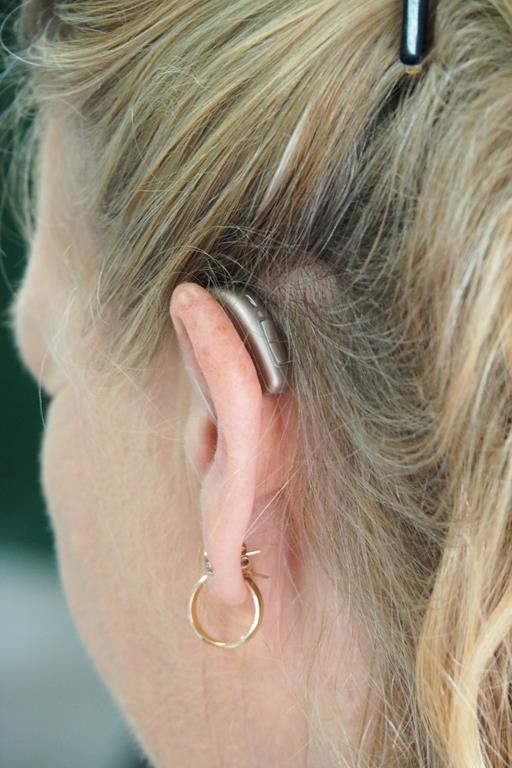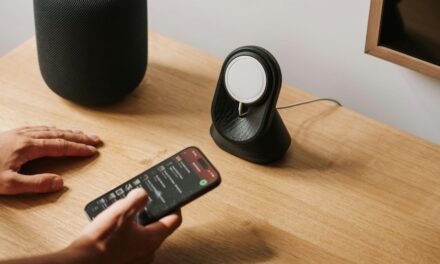
How Technology Is Improving the Lives of the Deaf and Hard of Hearing

In a world dominated by technological advancements, the deaf and hard-of-hearing community is experiencing a remarkable transformation in their lives. Through innovative breakthroughs, the barriers that have long hindered effective communication, accessibility, and overall quality of life for those with hearing impairments are being dismantled. This article explores how technology is creating a more inclusive and empowering environment for the deaf and hard of hearing, with a particular focus on online hearing testing, communication tools, hearing aids, cochlear implants, and education.
Communication Tools for the Deaf and Hard of Hearing
The emergence of communication tools has been a game-changer for the deaf and hard-of-hearing community. Sign language interpreters were once the primary means of bridging the communication gap, but technology has brought forth a range of alternatives. Video relay services (VRS), for instance, enable individuals to make phone calls with the help of a sign language interpreter. In addition, text messaging, email, and instant messaging apps have provided convenient, real-time communication options. Captioning and subtitles have also become standard features in multimedia content, making television shows, movies, and online videos accessible to those with hearing impairments. This not only enhances entertainment but also opens up educational opportunities and ensures that crucial information is easily accessible. Moreover, smartphones have become essential communication tools, thanks to their extensive array of applications tailored to the deaf and hard of hearing. Speech-to-text apps, like Google’s Live Transcribe, convert spoken language into text in real-time. These apps are particularly useful in one-on-one conversations and larger group settings, enabling better participation and understanding.
Online Hearing Testing
Online hearing testing is a groundbreaking advancement that has made hearing health more accessible and convenient than ever. Traditional hearing tests often require a visit to an audiologist, but technology now allows you to do it online from the comfort of your own home. These tests are particularly vital for the early detection of hearing loss, as they empower individuals to take proactive steps toward treatment and prevention.
Online hearing tests typically involve a series of audio-based exercises that assess the listener’s ability to detect and understand sounds at different frequencies. They are user-friendly and can be completed on a computer, tablet, or smartphone. Upon completion, users receive a comprehensive report that can be shared with healthcare professionals, facilitating more targeted and efficient interventions if necessary. These online tests are a vital resource for those who may have hesitated to seek traditional diagnostic evaluations due to concerns about stigma, cost, or accessibility. They offer a degree of privacy and autonomy in managing one’s hearing health and are a significant step forward in promoting early intervention and treatment.
Hearing Aids – A Technological Marvel
Hearing aids have come a long way since their inception. These small, sophisticated devices have witnessed significant technological advancements, and modern hearing aids are a marvel of engineering. They work by amplifying sounds, making them clearer and more audible to the wearer. Advanced digital hearing aids can adapt to various listening environments, reducing background noise and enhancing the user’s listening experience.
Bluetooth connectivity has transformed hearing aids into multifunctional devices. Users can connect their hearing aids to smartphones, tablets, and other gadgets, allowing for hands-free phone calls and audio streaming. This feature is a boon in various situations, from work meetings to social gatherings, as it ensures clear communication without the need for additional accessories. Furthermore, some hearing aids are equipped with GPS functionality, which helps users locate their misplaced devices. Smartphone apps developed by hearing aid manufacturers enable wearers to adjust their hearing aids’ settings, and volume, and even check battery levels discreetly. These apps put the user in control and make it easier to customize their hearing experience.
Cochlear Implants – A Revolutionary Technology
For individuals with severe or profound hearing loss, cochlear implants have proven to be a revolutionary technology. These surgically implanted devices bypass the damaged parts of the ear and stimulate the auditory nerve directly, enabling the perception of sound. Cochlear implants are often used when traditional hearing aids are not effective in restoring hearing.
Advanced cochlear implants come equipped with speech-processing algorithms that can filter and enhance speech sounds. This technology has significantly improved speech recognition and overall communication for implant users. Additionally, some models offer wireless connectivity, allowing users to stream audio directly to their implants from smartphones and other compatible devices.
Cochlear implants have transformed the lives of many, enabling them to participate more fully in the hearing world, whether in the workplace, in educational settings, or personal relationships. The integration of technology has made cochlear implants more adaptable and user-friendly, further enhancing their impact on the lives of the deaf and hard of hearing.
Education and Assistive Technology
Technology has played a pivotal role in the education of the deaf and hard of hearing, offering tools and resources that have the potential to level the playing field. With the advent of smart classrooms and online learning platforms, students can access captioned videos, transcribed lectures, and interactive educational apps that cater to their unique needs.
Moreover, assistive listening devices (ALDs), such as FM systems, are widely used in educational settings to improve the listening experience for students with hearing impairments. These devices transmit the teacher’s voice directly to the student’s hearing aids or cochlear implants, reducing background noise and ensuring better comprehension.
Technology has ushered in a new era of inclusivity and empowerment for the deaf and hard-of-hearing community. From communication tools to online hearing testing, from advanced hearing aids to cochlear implants, and educational resources to assistive technology, these innovations are breaking down barriers and enhancing the overall quality of life for those with hearing impairments.
As technology continues to advance, it is essential to ensure that these innovations are accessible and affordable for all. Additionally, raising awareness about the benefits of these technologies is crucial to ensure that individuals with hearing impairments can make informed choices about the solutions that best meet their needs.
The ongoing commitment to research and development in the field of audiology and hearing technology promises a future where hearing impairment is no longer a barrier to full participation in society. The transformative power of technology in the lives of the deaf and hard of hearing cannot be overstated, and as it continues to evolve, the future looks even brighter for this vibrant and diverse community.

























